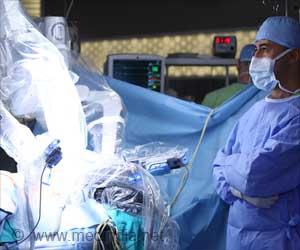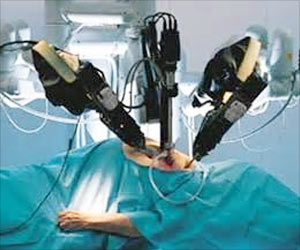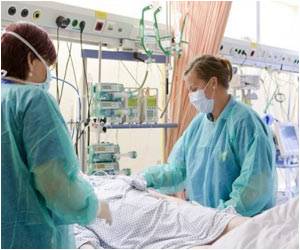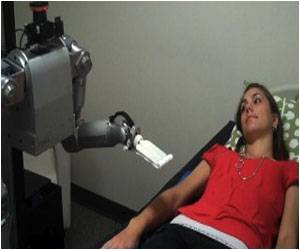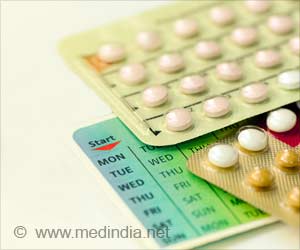Over the years, robotic-assisted surgeries (RAS) have made a significant contribution to the Indian healthcare industry.
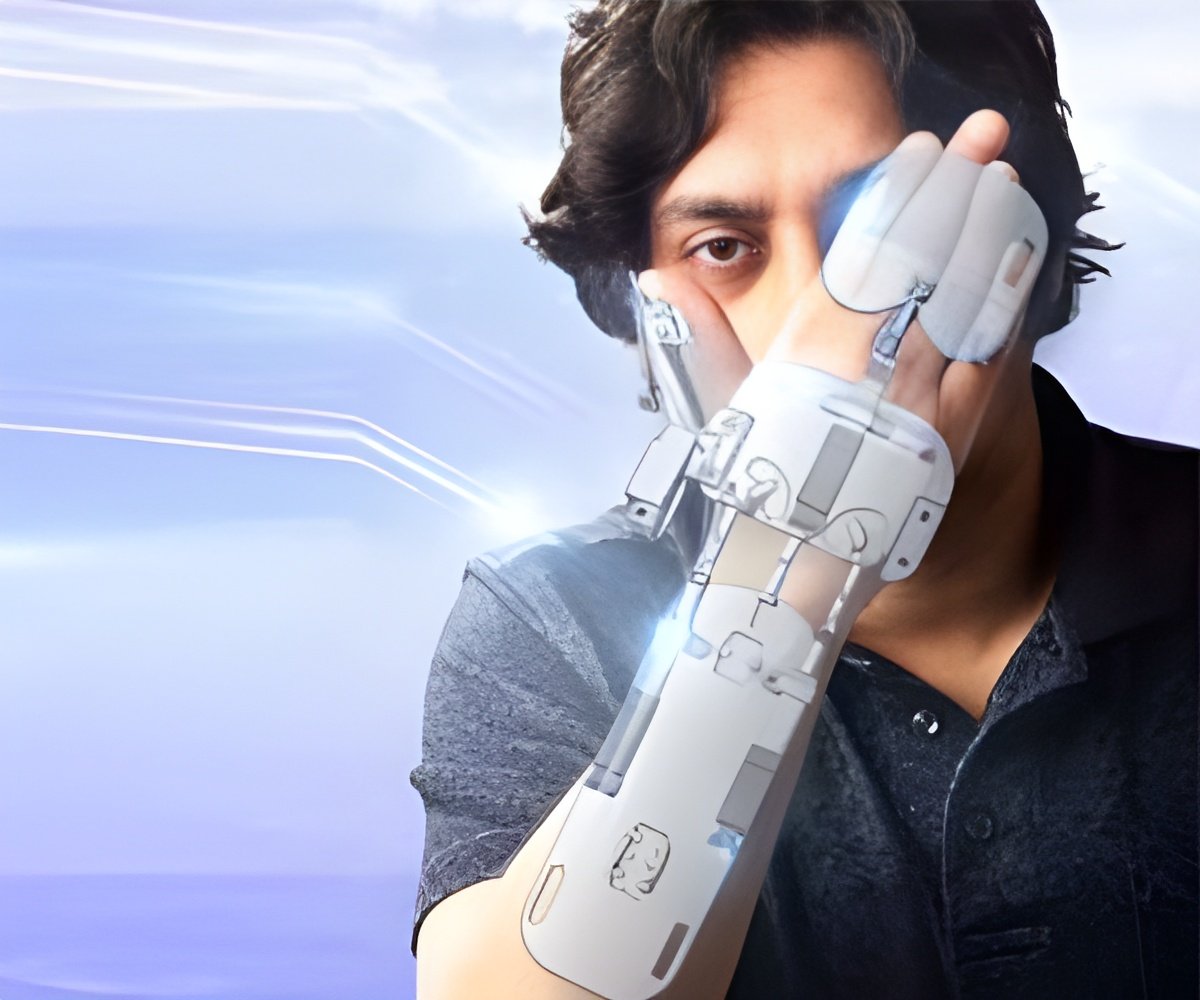
‘Robotic-assisted surgery can provide them with the ability to perform many complex surgical procedures with more precision, flexibility, and control than traditional techniques.’





Features and benefits of robotic-assisted surgeries: Help surgeons perform surgeries with more precision and flexibility.
Shorter recovery period post-surgery.
Less pain and blood loss.
A better alternative to open surgeries and laparoscopic surgeries.
Came to the aid of critical patients when elective surgeries were on hold during the pandemic.
Huge advancement for urology.
Somshekhar, Chairman and Robotic Surgeon at Hipec Super Specialist Manipal Comprehensive Cancer Centre, said, "Hospitals kept non-COVID surgeries on hold at the start of the pandemic, fearing transmission of infection. But critical surgeries had to be completed quickly, and RAS helped. We could complete over 350 surgeries using robots since the lockdown."
In 2019, the inauguration of the robotic-assisted surgery facility at the Safdarjung Hospital in the national capital by Union Health Minister Harsh Vardhan represented an important milestone for RAS in India.
Anup Kumar, Head of Department, Urology and Renal Transplant at Safdarjung Hospital, said, "It is exciting to be a part of the growth journey of robotic-assisted surgery in India. Indian surgeons are now adopting to RAS primarily because of the promising results and the potential for good patient outcomes."
"In surgeries, I need a superior view of the operating area and robotic-assisted surgery offers a 3DHD image of the target anatomy, which helps us operate with precision. In smaller areas like the pelvis, the movement of the human hand can be restricted, but with robotic-assisted surgery, I can rotate the wristed instruments more than I can rotate my hand in an open surgery," he added.
Advertisement
Source-Medindia

